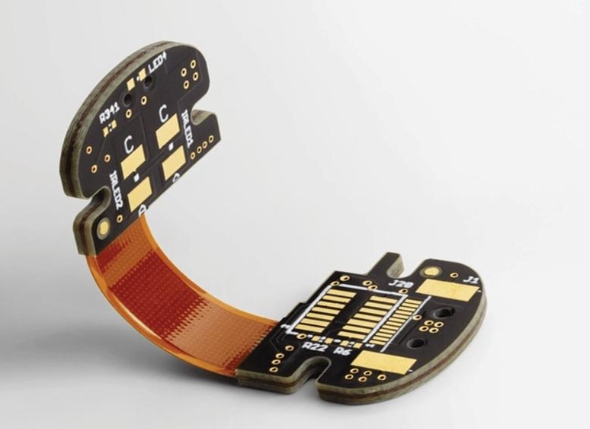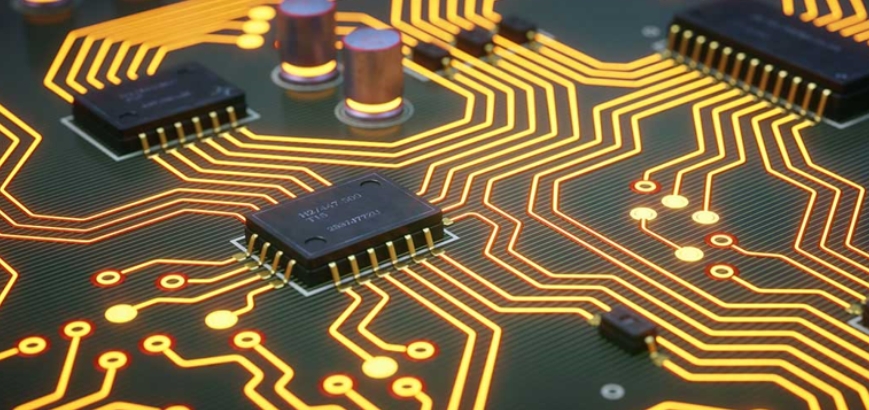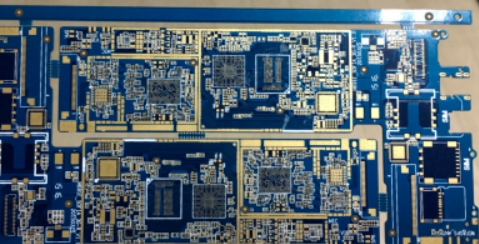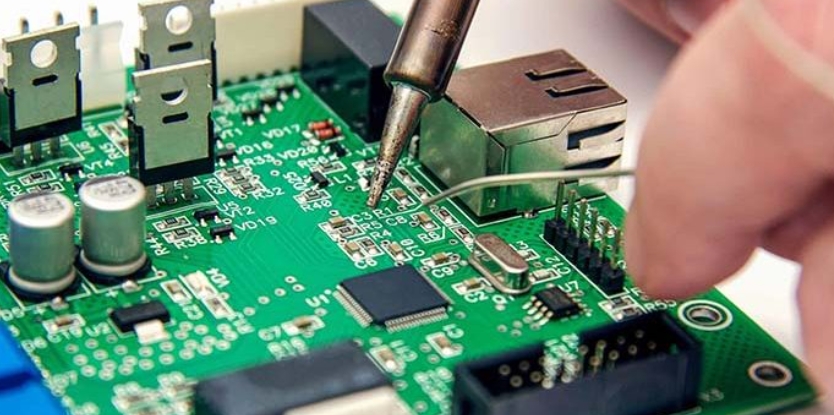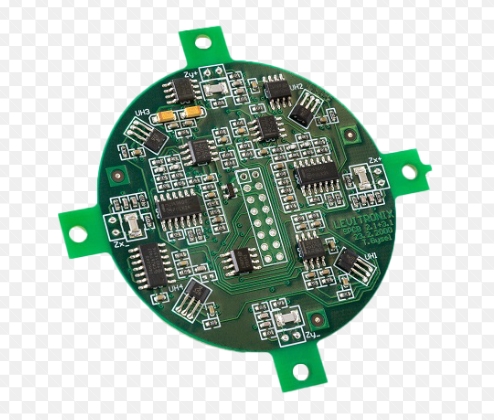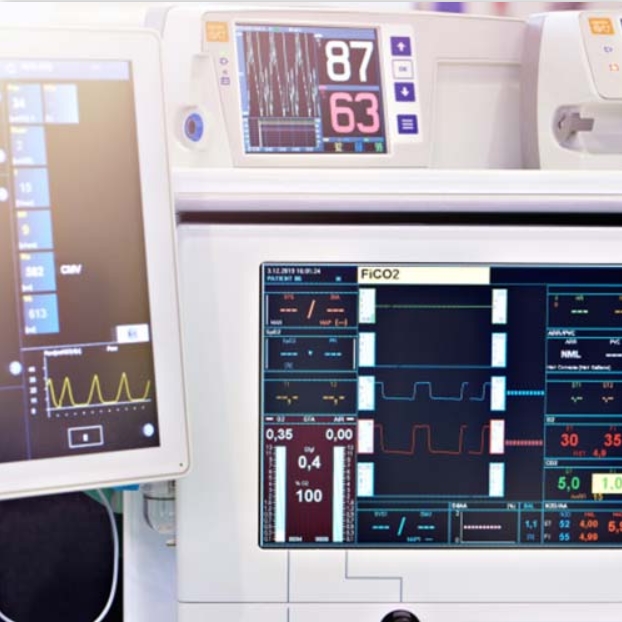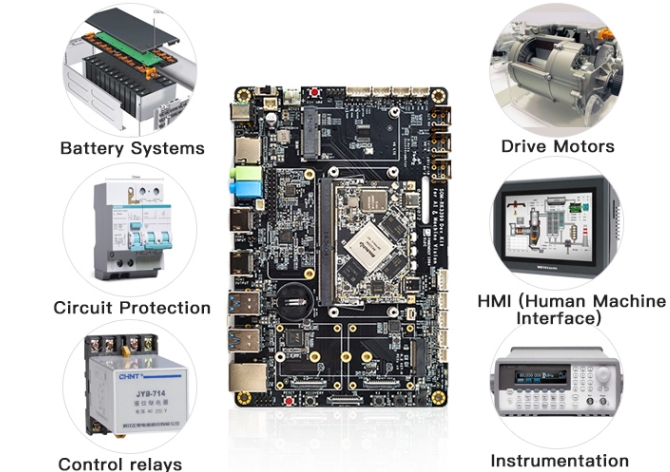Manufacturers create rigid PCB boards to provide a rigid base for electrical components. This feature makes them cost-effective. Hence, this is one of the reasons why rigid PCB boards are in high demand in the market. Fr4 Rigid and Rigid-Flex are two well-known types of rigid boards. They each have their own characteristics. Let’s discuss the differences...
Blog
Explore the KKPCB Blog for the latest PCB manufacturing and assembly news, industry insights, expert tips, and technology trends, helping you stay informed and optimize your electronics projects.
Amid the increasing climate change, protection has become a top priority for every advancement. Moreover, we cannot deny that tech products require strong resistance to harsh weather, rain, sun or electromagnetic currents. Resins and coatings protect printed circuit boards to ensure their compatibility. This helps focus on which environmental factors affect the PCB from the outside and...
Handling small circuit boards during automated assembly can lead to defects and inefficiencies. To overcome this challenge, PCB panelization—the process of creating PCB panels from smaller boards—plays a vital role. This technique not only ensures improved handling during assembly but also reduces costs and minimizes defects. Here’s a comprehensive guide to panelizing PCBs, including methods, techniques,...
Manufacturers use flux to solder components on PCBs. Depending on the PCB components, flux also varies and is used to fix them on the board. It ensures uninterrupted and strong electrical connections between devices. However, it is crucial to remove excess flux so as not to blur signal traces or damage connections. In this article,...
Surface Mount Technology (SMT), SMT Components, and SMT Equipment are all terms for this technology. Almost all commercially produced equipment in the electronics assembly industry today uses Surface Mount Technology (SMT), mainly because of its advantages in the PCB manufacturing process and the fact that a large number of electronic components can fit into a...
In recent years, electronic products have become increasingly complex and integrated into people’s daily lives. However, there are still two popular methods for soldering electronic components together to build circuits: Surface Mount Technology (SMT) for PCB Assembly Through-Hole (PTH) PCB Assembly Both SMT PCB assembly and PTH assembly have unique advantages and disadvantages. Understanding these differences can...
Technology is bringing a major revolution in the medical industry, especially in terms of the functionality and features of medical devices. The desire for innovation has influenced humans to think differently, changing the methods, techniques, and most importantly, the foundations of the medical industry. Modern medicine is the result of the extended role that technology...
The emergence of humanoid robots, equipped with human-like movement, perception, and intelligence, represents the next frontier of robotics. Central to this development is the advancement of printed circuit boards (PCBs) which enable the intricate control, decision-making, and sensing capabilities of these robots. 1. PCB’s Role in Humanoid Robotics In humanoid robots, PCBs serve as the foundation for...
Due to the development of robotics and similar technologies, many different remote control devices are used in numerous fields. The assembly of printed circuit boards is essential for smooth movement and solid electrical connections between controllers and industrial machinery. Electronics must be rugged and able to withstand the harshest environments of industrial use. In addition, industrial control...
PCB is one of the essential components and devices in electronics due to its wide availability and simplicity. Among the various types and forms of PCB, high-frequency PCB is widely used due to its general purpose. What is High-Frequency PCB? A high-frequency PCB is very similar to any other form of PCB (printed circuit board). It is compatible with...

